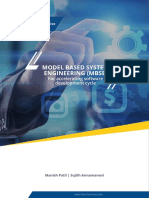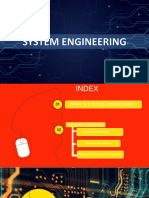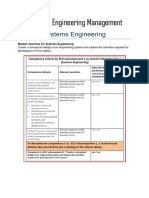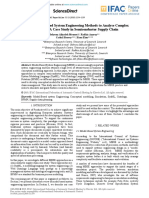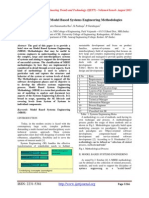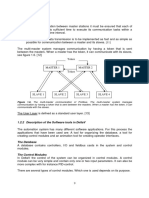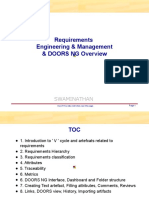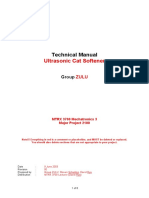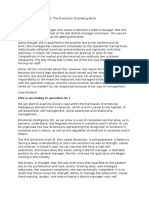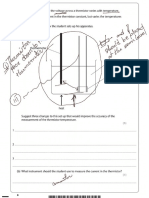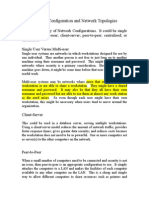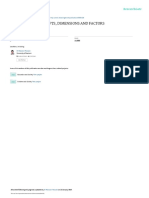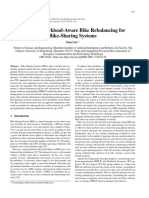0% found this document useful (0 votes)
723 views7 pagesModel Based Systems Engineering
The document discusses a training on model-based systems engineering (MBSE) using the 3DEXPERIENCE platform. It covers topics like the landing gear design process workflow using MBSE, requirement definition and management, functional and logical architecture design. The training also discusses modeling the landing gear system using the RFLP framework involving requirements, functional, logical and physical design. It provides an overview of the landing gear system requirements specification and design definition process involving various modeling and simulation tasks.
Uploaded by
ParthibanCopyright
© © All Rights Reserved
We take content rights seriously. If you suspect this is your content, claim it here.
Available Formats
Download as DOCX, PDF, TXT or read online on Scribd
0% found this document useful (0 votes)
723 views7 pagesModel Based Systems Engineering
The document discusses a training on model-based systems engineering (MBSE) using the 3DEXPERIENCE platform. It covers topics like the landing gear design process workflow using MBSE, requirement definition and management, functional and logical architecture design. The training also discusses modeling the landing gear system using the RFLP framework involving requirements, functional, logical and physical design. It provides an overview of the landing gear system requirements specification and design definition process involving various modeling and simulation tasks.
Uploaded by
ParthibanCopyright
© © All Rights Reserved
We take content rights seriously. If you suspect this is your content, claim it here.
Available Formats
Download as DOCX, PDF, TXT or read online on Scribd
/ 7












